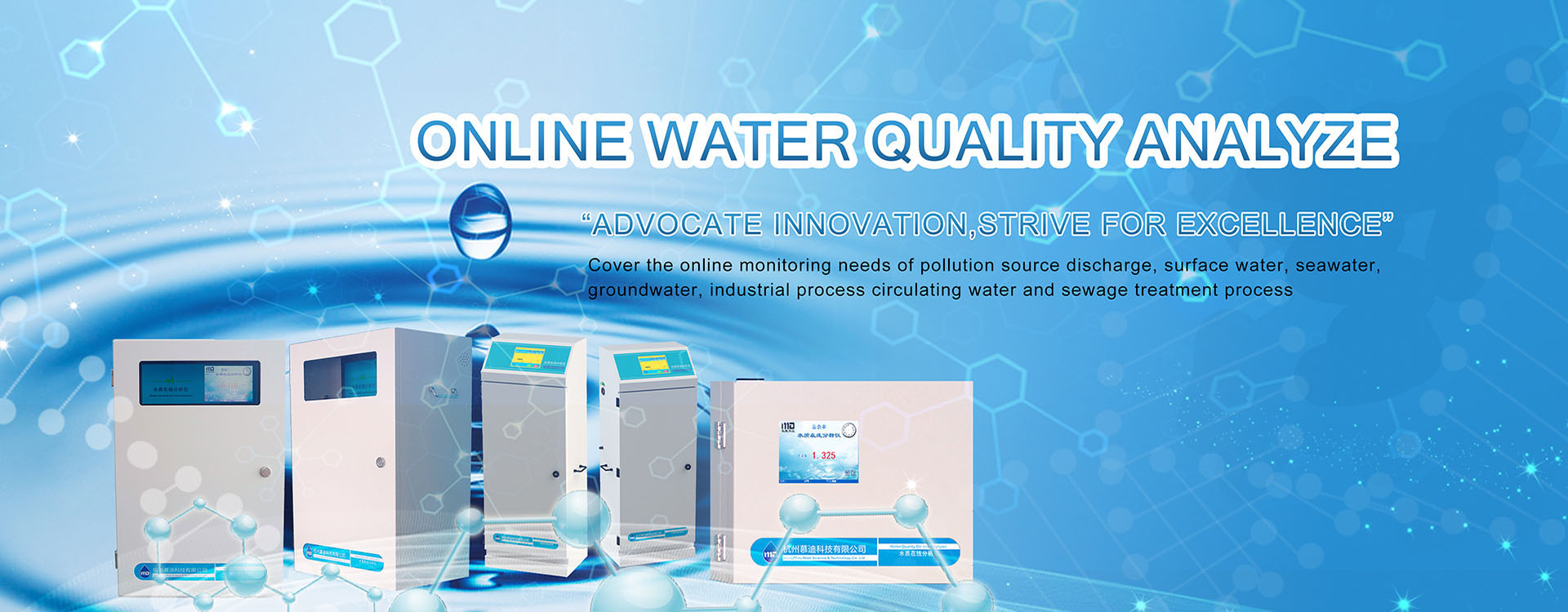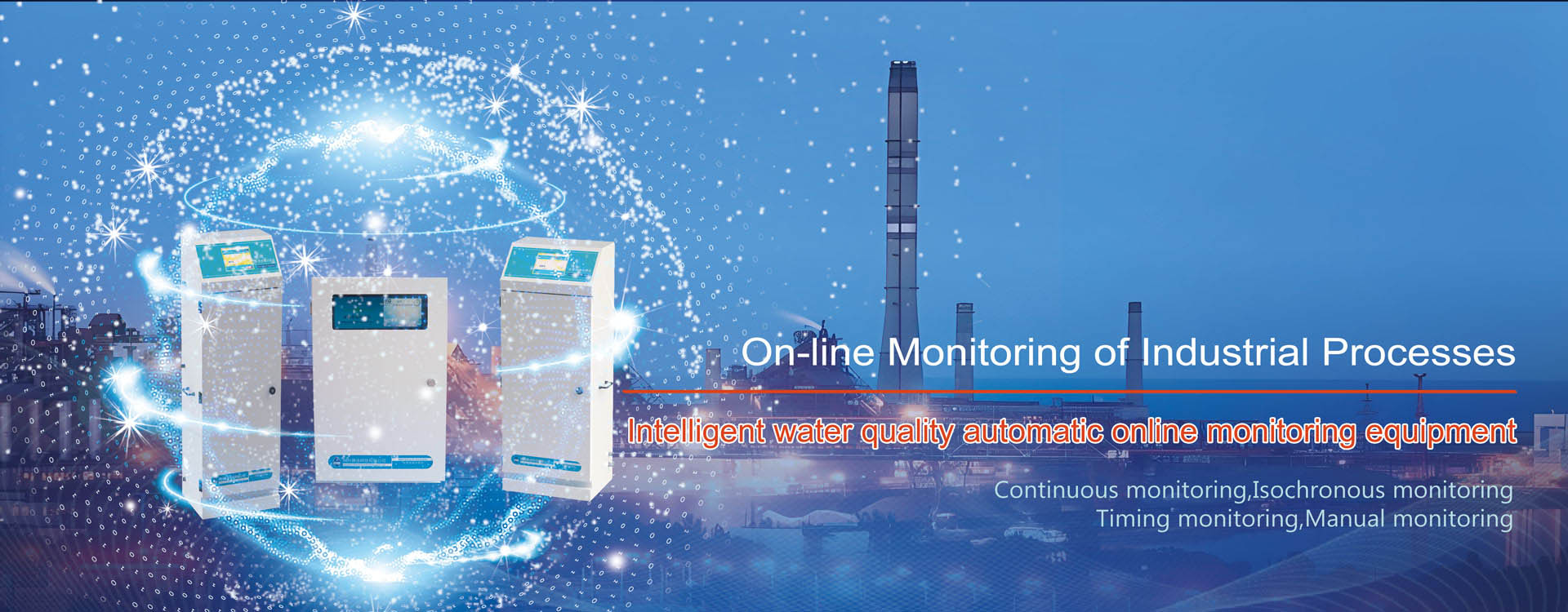Hospital wastewater refers to the wastewater discharged by major hospitals to the natural environment or urban pipelines, and the water quality of different hospital wastewater is also different. Among them, E. coli is a necessary item, so is it fecal E. coli or E. coli that needs to be monitored in hospital wastewater?
Fecal Escherichia coli is a heat-resistant Escherichia coli that produces indole in the peptone broth at 44.5 degrees Celsius within 24h. It has received much attention because the detection method is much simpler than that of Escherichia coli. The method of increasing the culture temperature is used to separate the Escherichia coli groups in natural environment from those in feces. E. coli that can still grow at 44.5 degrees Celsius is called fecal E. coli. It is a direct index of water pollution by human and animal feces.
Escherichia coli is a phylum of bacteria, cell rod shape, about 1 micron in diameter, about 2 microns in length, blunt round at both ends, the body with flagella, can move.
In summary, it is not difficult to understand that fecal Escherichia coli is monitored in hospital wastewater, because fecal Escherichia coli is a water body polluted by human feces, and naturally becomes its direct project to monitor wastewater. Of course, this is not a single indicator to monitor drinking water also has E. coli monitoring.
The WECT-900 water Escherichia coli online analyzer adopts the international standard method, and the principle that the light signal change after the reaction of enzyme and bacteria culture is proportional to the change, reflecting the total amount of bacteria or coliform bacteria in the sample. Escherichia coli test technology is a kind of Escherichia coli detection system based on biosensor technology, which provides an effective detection means to deal with water supply contamination. The number of E. coli in water samples can be expressed by comparing the degree of light intensity weakening of the solution with that of a non-toxic control blank experiment.




